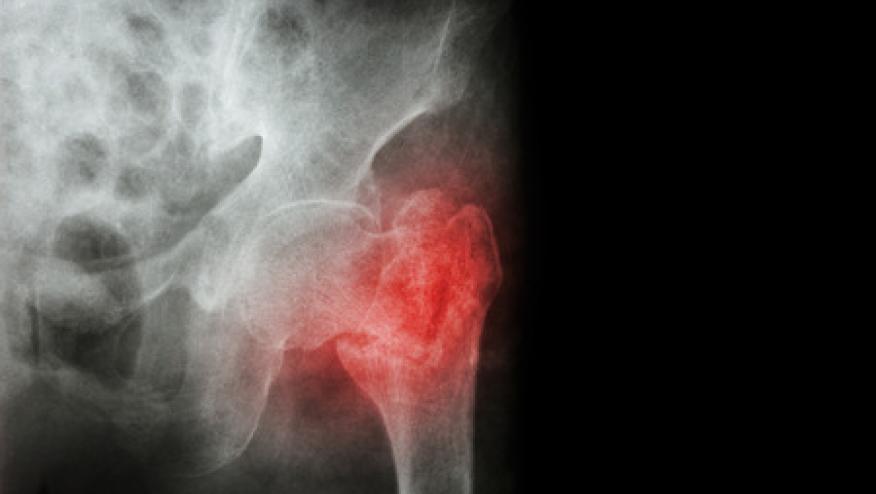New Rise in Hip Fractures Amongst Women Save

Reuters reports that the incidence of hip fractures in older women in the U.S. is rising after more than a decade of decline, according to a large new study of Medicare recipients.
Researchers analyzed Medicare claims data from 2002 to 2015, from more than 2 million women age 65 or older. They found that hip fracture rates declined each year from 2002 to 2012, the researchers found. But starting in 2013, hip fracture rates leveled off and were higher than expected.
Increases in fracture rates were prominent in women ages 65 to 69, which had risen by 2.5 percent, and in women ages 70 to 74, which had risen by 3.8 percent, from 2014 through 2015.
The net results is more than 11,000 additional estimated hip fractures over the time periods 2013 to 2015.
The U.S. Preventive Services Task Force (USPSTF) recommends that women age 65 or older get screened for osteoporosis with a type of X-ray called a DXA scan to measure bone loss. Postmenopausal women under age 65, with risk factors for osteoporosis, should also be screened. Risk factors include a family history of osteoporosis, diseases such as rheumatoid arthritis, the use of certain medications, and smoking and drinking alcohol.
One possible explanation, they say, is that use of DXA testing has steadily declined. Because DXA is used to diagnose osteoporosis before the first fracture occurs and to monitor the skeletal effects of treatment, a decline in its use could be related to a rise in hip fracture rates, they suggest.
Another factor causing hip fracture rates to rise, they say, could be a decrease in osteoporosis treatment – partly because fewer women are being screened and diagnosed, and partly because patients may fear the rare but severe side effects that have been linked with osteoporosis drugs called bisphosphonates.










If you are a health practitioner, you may Login/Register to comment.
Due to the nature of these comment forums, only health practitioners are allowed to comment at this time.